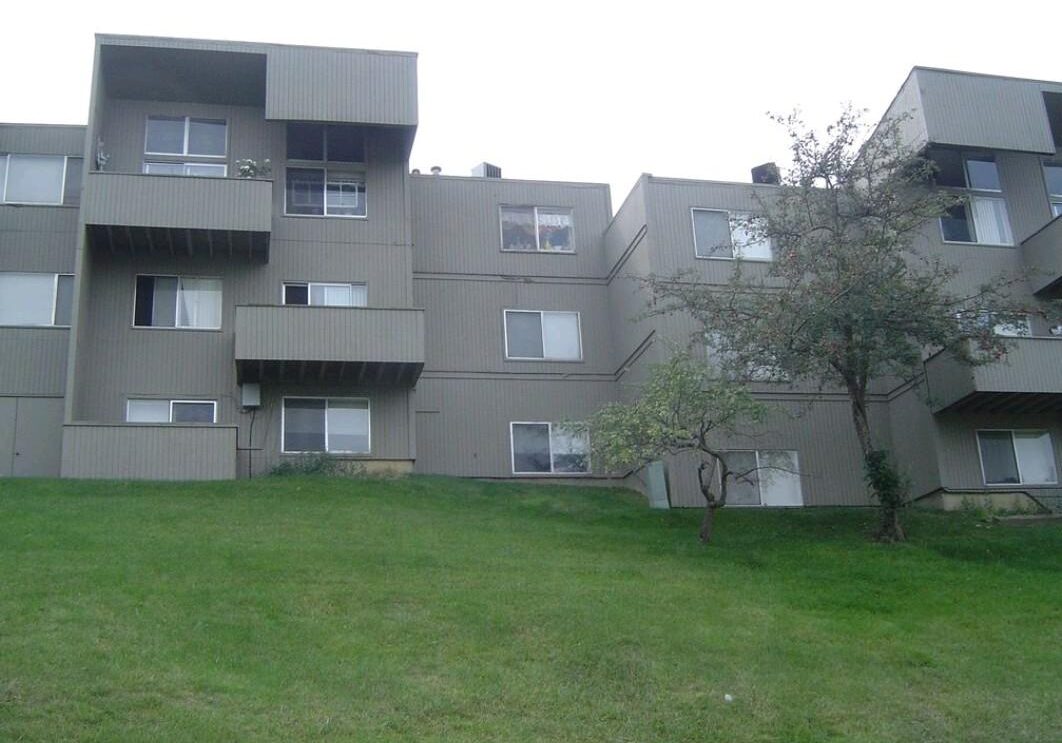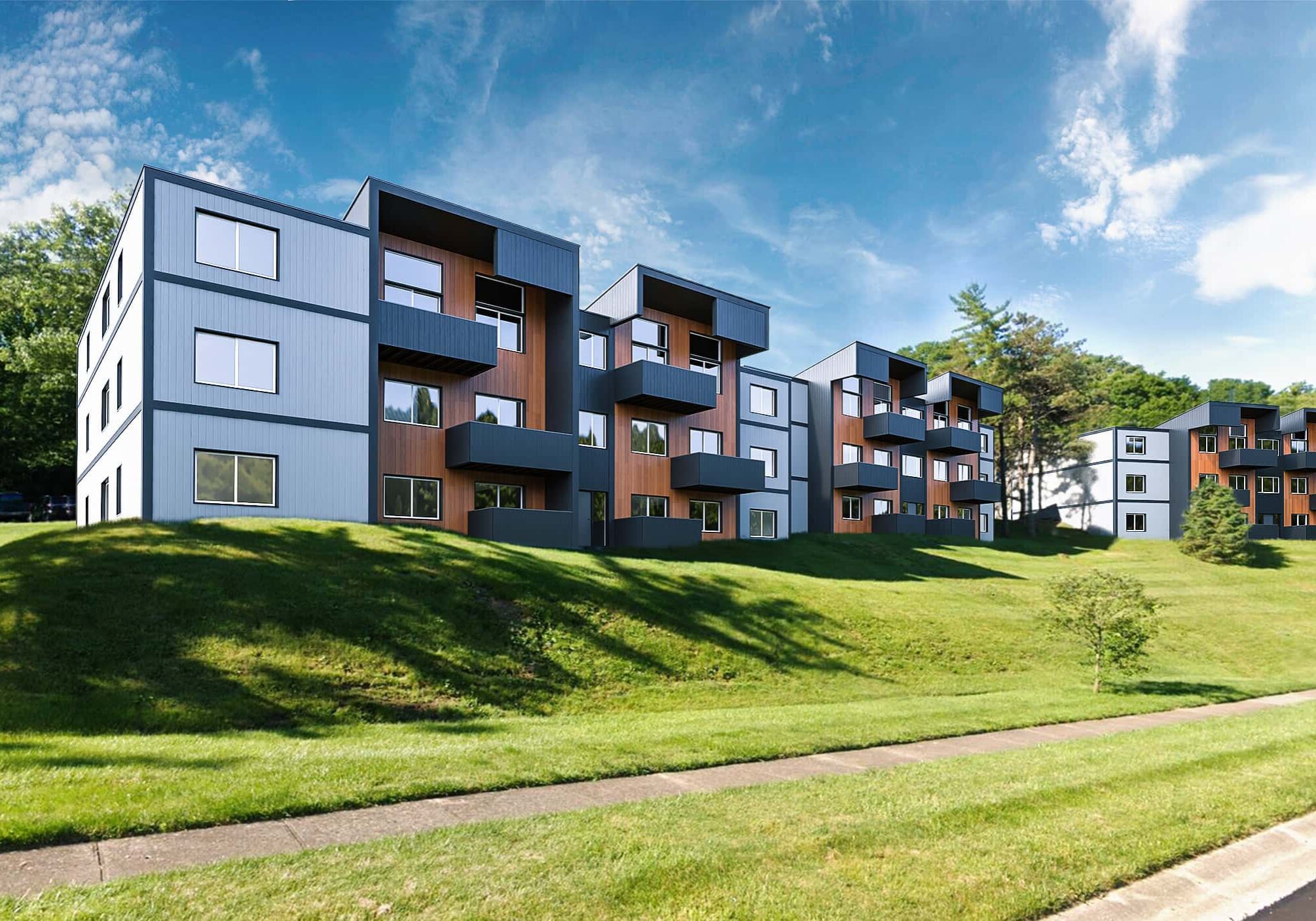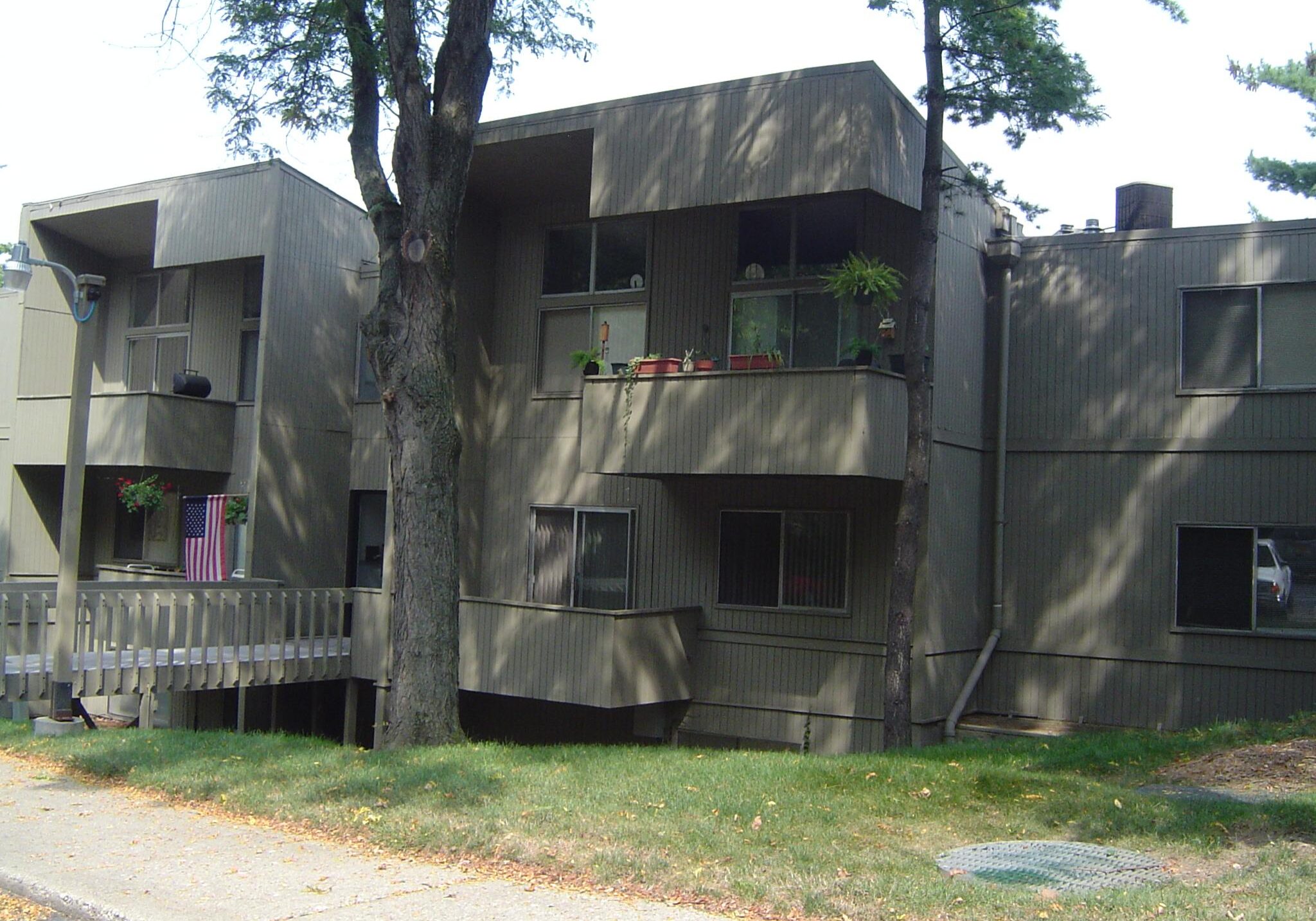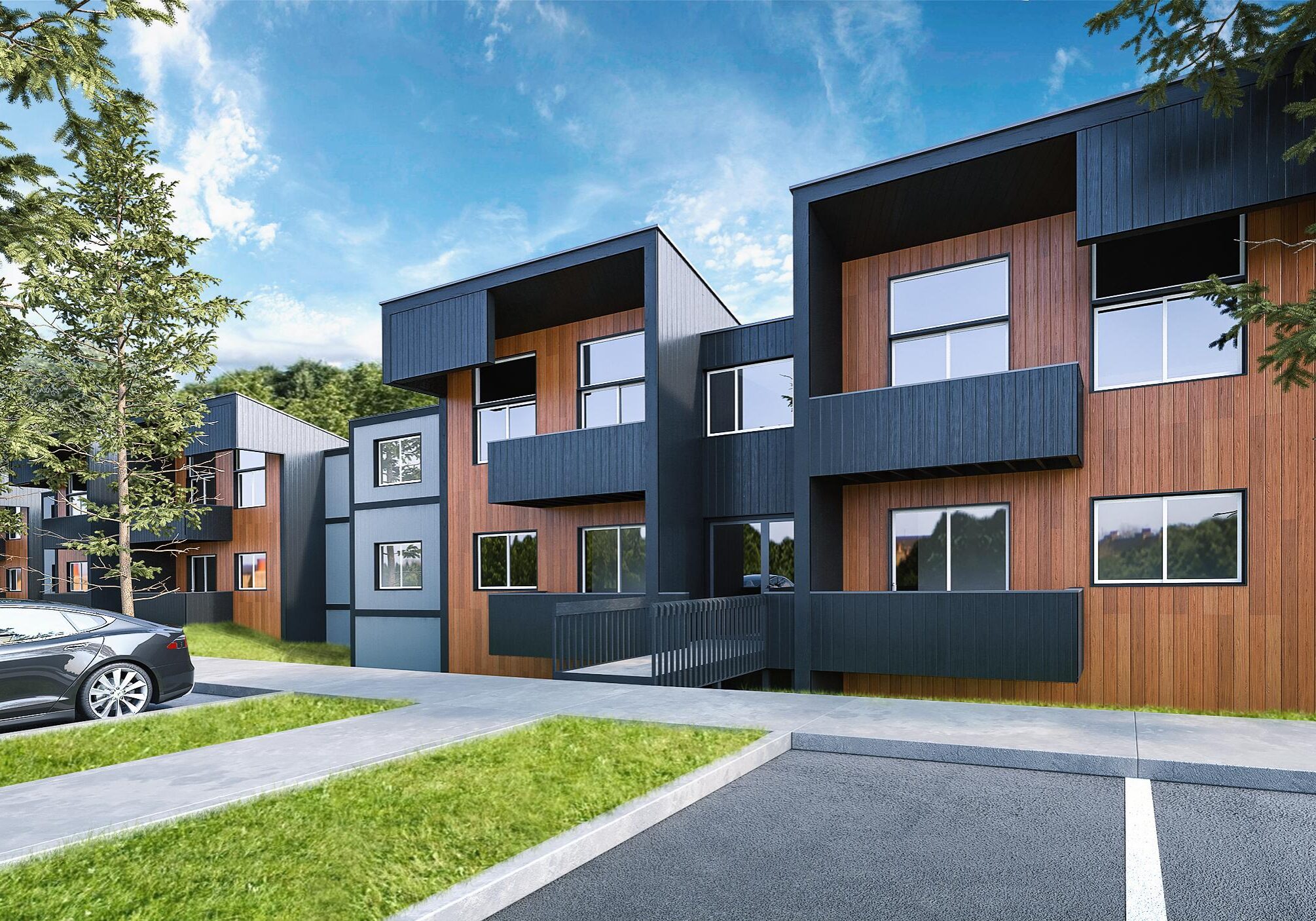Demographic Data Look Backward, But Investors Must Look Forward
The Chimney Hill Story
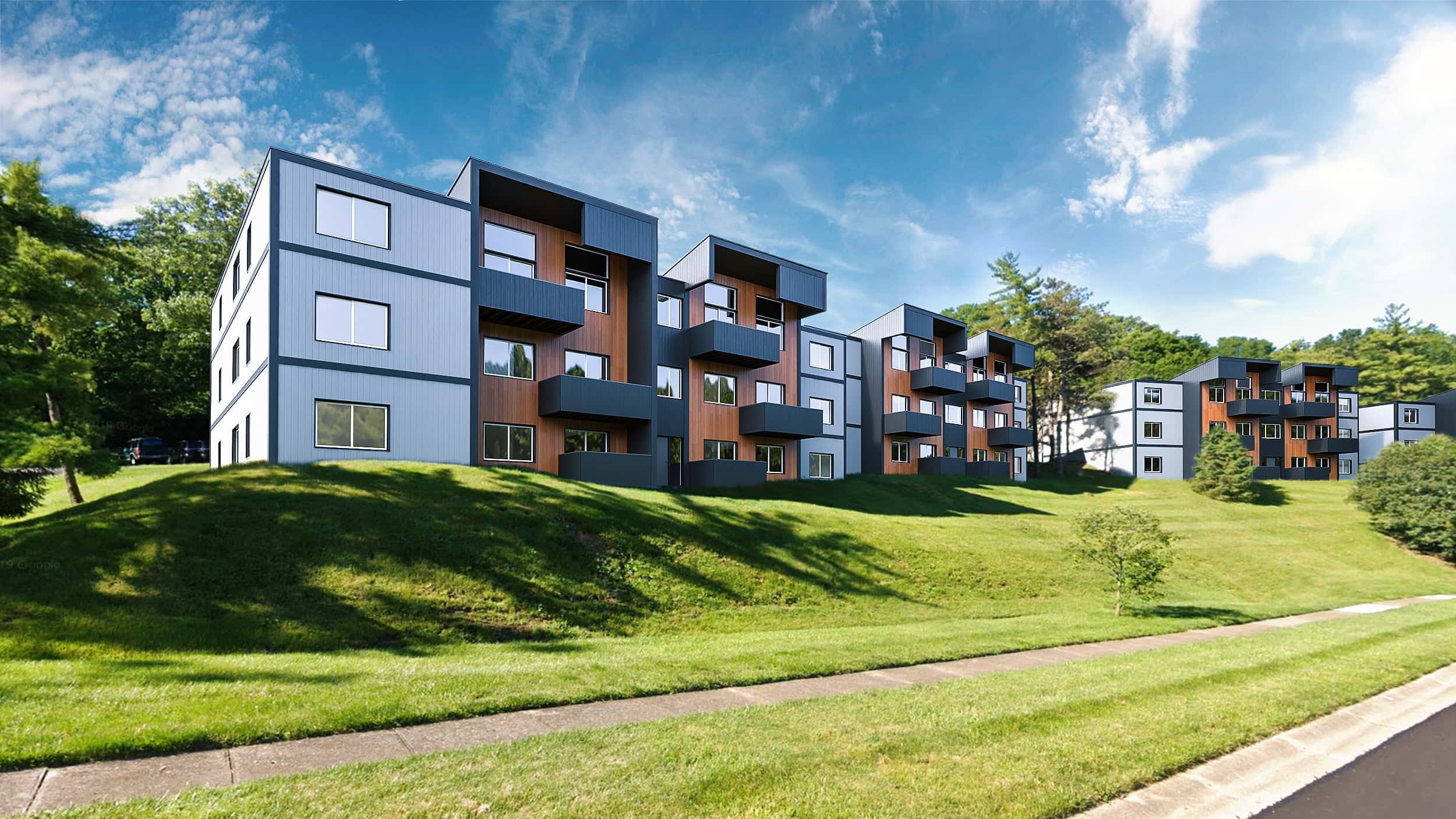
Simple Per Annum Return (to date): 23.85%
NCREIF Benchmark: 7.8%
Net Equity Multiple: 3.94x
Chimney Hill has generated a net annualized return to investors of 23.85%* vs. the NCREIF apartment index benchmark of 7.8% and the FTSE NAREIT Equity REIT index benchmark of 8.57% over the same period.
The Opportunity
Chimney Hill was part of a real estate portfolio owned by an Ohio-based family investment office. Their investment strategy eventually changed, and the real estate portfolio was listed for sale. Ultimately, the entire portolio was sold except for Chimney Hill, and at that pioint the family then became an even more committed seller of Chimney Hill. This allowed us to negotiate very favorable acquisition terms for the property.
We liked Chimney Hill because it was located in the middle of an obvious growth corridor along I-75 between Cincinnati & Dayton. It was also a uniquely designed asset with good construction quality, and it was well-located within its submarket. In addition, although it was a smaller property, it had an on-site leasing office and a full-time on-site manager. This allowed us to underwrite the purchase inclusive of all remote management costs, including salaries for on-site staff.
The Problem
Chimney Hill Chimney Hill had an uneven operating history due to poor management, and it was located in a soft market with weak demographics. The town's largest employer was an integrated steel mill whose management had locked out their union labor. The steel mill was running at less than full capacity, and its future was unkown. In addition, while growth was readily apparent along the I-75 corridor, this growth had not yet reached the general area around Chimney Hill.
Furthermore, Ohio had very poor state-wide demographics, and this caused Fannie Mae to designate the entire state as a "Pre-Review" market. This meant that DUS lenders could not offer any agency debt quotes without first obtaining formal written approval from Fannie Mae. This made all lenders cautious, including local bank lenders such as Key Bank, and these local banks would often refrain from lending without full personal recourse.
What We Did
If we had allowed ourselves to be distracted by this market's poor demographic data and the financing challenges this created, we would not be able to participate in the upside we saw in this market. The lack of liquidity in Ohio at the time created an obvious buyer's market, and this enabled us to negotiate very favorable acquisition terms that would almost fully protect our downside. In addition, owning the property meant that we could participate in the recovery upside we envisioned. Our favorable purchase price gave us a nearly free option on the latter, and since we were patient capital, time was on our side. In addition, thanks to our capital markets experience, we were able to place the debt directly with a CMBS conduit at nearly full leverage with no recourse. This increased our return on equity and lowered our risk.
After closing, we increased occupancy from 85% to 95% almost immediately with better management. Ultimately, we were able to increase NOI by over 80%, and this allowed us to refinance the original CMBS debt with new FNMA debt on more favorable terms in 2016. The refinancing returned 100% of initial equity capital plus a significant tax-deferred profit. Most important, we accomplished these results in a tertiary Midwest market that many thought was stagnant. in 2023, we refinanced again and returned another multiple of initial capital. We continue to own this asset and we see continued opportunities for NOI growth in the future from interior and exterior upgrades.
Epilogue
In 2008, two years after we purchased Chimney Hill, Forbes published an article entitled "America's Fastest Dying Towns." To compile their list of the fastest dying towns, Forbes used U.S Census Bureau data from 2005-2007 ranking income growth, the rate of domestic in-migration, the change in poverty levels and the percentage of the local population with advanced degrees. The article was a top ten list, and our town and its poor demographic data were featured prominently.
However, the data that the article relied upon was backward looking, just like the article itself, and the article failed to recognize the recovery that was already underway. Today, the steel mill is running at full capacity and contributing to record revenues to its parent company, the I-75 corridor is burgeoning with new growth, Intel just announced the largest single private-sector investment in Ohio history, and the Cincinnati MSA is posting its strongest demographic data since 1950.
We refinanced the property twice, once in 2016 and again in 2013. The 2016 refinancig proceeds were sufficient to return a multiple of initial capital plus a significant tax-deferred profit. in 2023, we returned another multiple of initial capital. In total, Chimney Hill has generated a 23.85% simple per annum return. We will be reinvesting a significant portion of the 2023 refinancing proceeds into the highly accretive exterior upgrades shown below. These investments will allow us to future proof the property and take it confidently into the next stage of growth.
*Unaudited. Past performance is no guarantee.

